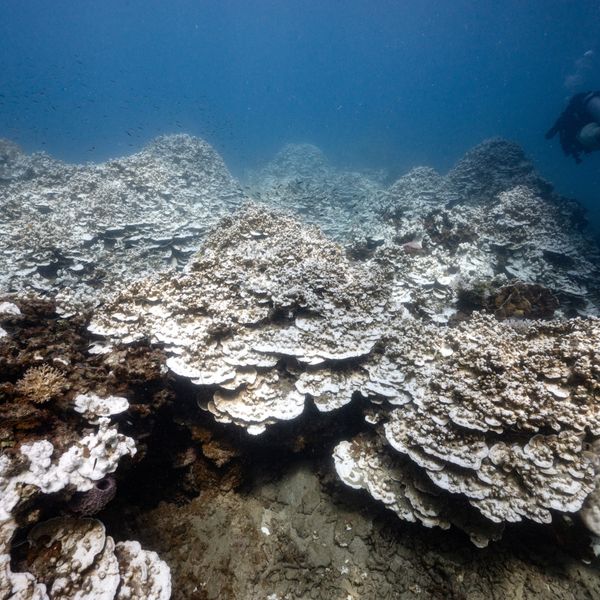Baby and adult penguins alike are in peril due to extreme weather caused by climate change, two extensive studies reveal this week.
According to two groups of researchers who published separate reports in the journal PLOS ONE on Wednesday, a combination of extreme rainstorms and heatwaves are killing off Magellanic penguin chicks in Argentina, while changing sea ice patterns are making it harder for Adelie penguins in Antarctica to forage for food.
In the Argentina study, researchers showed over the course of 27 years that climate change was the root cause on average of 7% of increasing chick deaths. However, on some years the average shot up to between 43% to 50%.
"We're going to see years where almost no chicks survive if climate change makes storms bigger and more frequent during vulnerable times of the breeding season, as climatologists predict," said Dr. Ginger Rebstock, from the University of Washington, from the Argentina study.
"It's the first long-term study to show climate change having a major impact on chick survival and reproductive success," said lead author Dee Boersma, a biology professor at the University of Washington.
"Penguins are really the ocean's sentinels," said P. Dee Boersma. Sea birds, mammals, and people are also at risk. "They are telling us that we'd better start paying attention to climate change because penguins are dying from heat and these increased storms. At the same time we're starting to see increased numbers of people die from these same sorts of things. So these penguins are really the canary in the coal mine."
Meanwhile, in Antarctica, where the decline of the penguin has been well documented, scientists showed data ranging 13 years that reveals Adelie penguins are no longer able to gather adequate food due to increasing irregular ice patterns, a side effect of the changing climate.
The uncanny breaking off of giant icebergs has "encroached on the penguins' foraging grounds in the Ross Sea," as Agence France-Presse reports, "dramatically" reducing penguins' access to food.
"If the frequency of such extreme events increases, then it will become very hard to predict how penguin populations will buffer future sea ice changes," said lead researcher Dr. Amelie Lescroel, from the Center d'Ecologie Fontionnelle et Evolutive in France.
______________________


